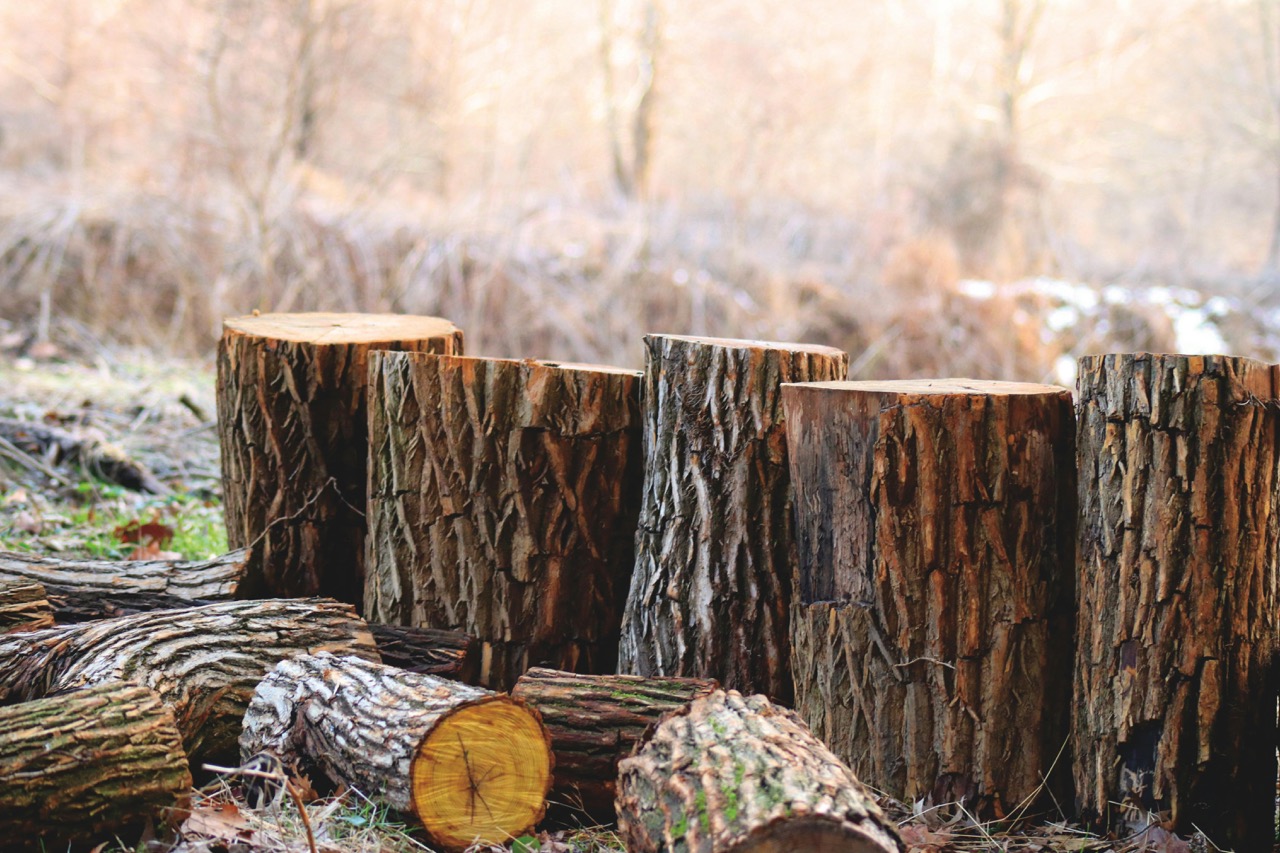Did you know the tree trimmers market is expected to reach $913.42 million by 2030? This reflects the increasing importance of tree maintenance and removal.
Removing trees is a significant task that can transform your landscape. But it comes with its own set of challenges. Understanding the intricacies of tree removal ensures the safety and aesthetic appeal of your yard.
In this guide, we’ll learn the ins and outs of tree removal. Read on to find expert advice on techniques, permits, and post-removal care.
Understanding Tree Removal
This involves the careful and systematic cutting down of a tree. This is to ensure minimal disruption to the surrounding area.
It requires an assessment of the tree’s condition. This includes its impact on the surrounding environment and any hazards it may present.
There are several scenarios where tree and stump removal becomes essential. This can include:
- disease or pest infestation
- storm damage
- location issues
- aesthetic reasons
- invasive species
- construction or development
Permits and Regulations
Before proceeding with tree removal, it’s crucial to understand the local regulations governing this activity. Most municipalities require a permit for cutting down a tree. This is especially true if it’s over a certain height or is categorized as a protected tree species.
Failure to obtain the necessary permits can result in fines or legal repercussions. It can also lead to the requirement to replace the tree, further adding to costs and effort.
Techniques for Removal
Once you’ve secured the necessary permits, it’s time to assess the best technique for removal. The method chosen often depends on the size and location of the tree. Common techniques include:
Felling
Felling is the simplest method. It is ideal for smaller trees located in open spaces. This technique involves cutting the tree at its base, allowing it to fall in a predetermined direction.
Sectional Take Down
For larger trees or those in confined spaces, sectional takedown is the preferred method. This technique involves climbing the tree and removing it piece by piece, starting from the top.
Grinding
In cases where roots remain, stump grinding is necessary. This is to completely eliminate the remaining portions of the tree.
Make sure to hire a professional tree service to ensure the removal process is carried out safely. Professionals have the expertise to assess the risks and implement the appropriate technique for each situation. You can check this site https://toptiertrees.com to help you find one.
Post-Removal Care
After a tree has been removed, caring for the site is essential to prevent erosion and promote new growth. One step is filling the hole left by the tree’s removal with soil. This helps prevent water pooling.
You should also consider planting new vegetation in the area, such as a new tree or shrubs. Choose native species to enhance biodiversity and ensure better resilience.
Finally, it’s crucial to monitor the health of the surrounding plants. Keeping an eye on their growth will help you address any issues early on. This ensures that the area thrives after the tree’s removal.
Removing Trees Confidently
Tree removal is more than just cutting down a tree. It involves understanding regulations, utilizing the right techniques, and ensuring proper aftercare.
By being informed, you can make responsible choices that benefit both your property and the environment. Remember to seek expert guidance for a safe and efficient process.
Searching for more informative articles like this? Then please keep browsing our blog now!

